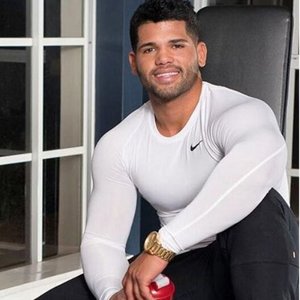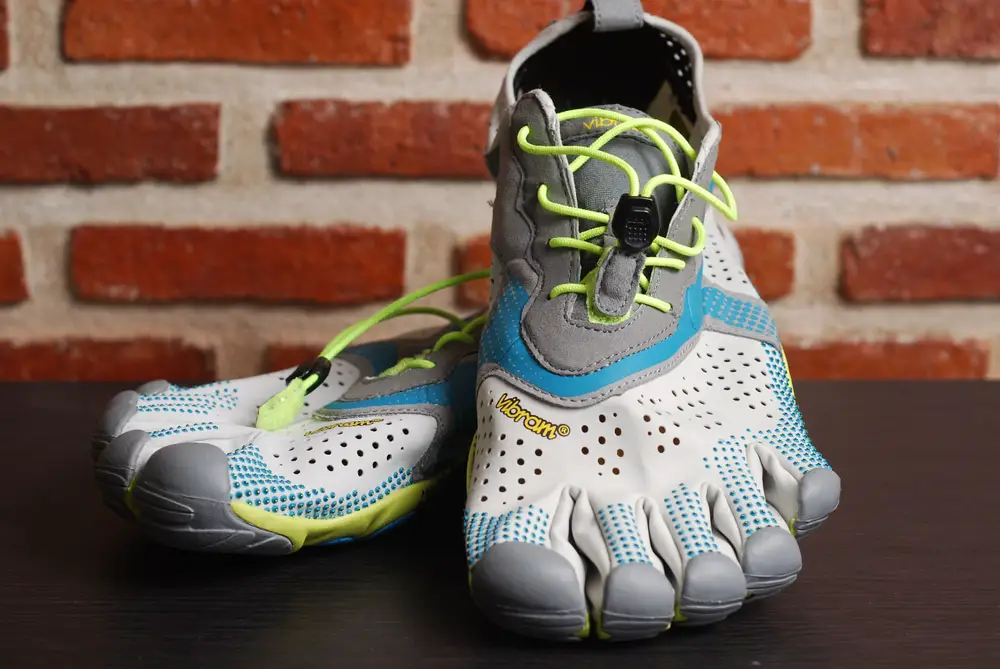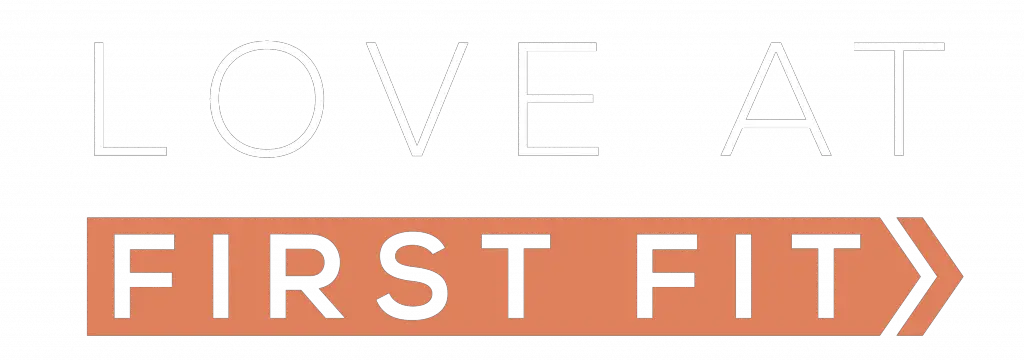Minimalist running shoes have been a hot topic of debate among runners for a long time now. Proponents swear by them while detractors call them a fad that will fizzle out eventually.
There is a lot of conflicting information regarding minimalist running shoes. One problem is that people have been using the term “minimalist running shoes” to refer to different types of shoes. So before we move forward, let us ensure everyone is on the same page about what is considered a minimalist running shoe.
What are Minimalist Running Shoes?
Minimalist running shoes are intended to mimic the way human naturally run. The basic idea is that it is healthiest when we run the way our bodies have naturally evolved to run. That means keeping our feet as closely in touch with the ground as possible when we run.
Minimalist running shoes enable that by providing substantially less cushioning in the midsole and the heel areas when compared to traditional running shoes.
Conventional running shoes feature a heel-to-toe drop of about 12 millimeters. This means that they have an additional 10 millimeters of cushion under the toes.
On the other hand, minimalist running shoes have a reduced heel drop of about 4 to 8 mm and a reduced or no arch support. They are usually in-between barefoot running shoes and traditional running shoes.
These shoes provide minimal interference with the foot’s natural movement due to their high heel-to-toe height and low heel-to-toe drop.
Related: 10 Types of Running Shoes (Which One Do You Have?)
Minimalist Running Shoes vs Traditional Running Shoes
Minimalist shoes are lighter than traditional running shoes and require less muscle power to lift. Inspired by the growing popularity of barefoot running, barefoot shoes were created to provide a more cushioned and lower-ground surface for better protection and comfort.
The differences between minimalist running shoes and traditional cushioned shoes can be seen in two main areas:
Cushioning
Traditional shoes tend to have a substantial amount of padding in the midsole as well as the heel area. When you run, you are repeatedly pounding your feet against the ground. This padding serves to protect your feet by cushioning them from the impacts of that pounding.
Minimalist running shoes, on the other hand, have minimal padding and cushioning. That enables you to get a heightened feel for the ground and to run as if you were barefoot. On the other hand, you will be running without much protection for your feet.
Heel-to-Toe Drop
Traditional running shoes come with a substantial heel-to-toe drop. Usually 10-12mm or more. On the other hand, minimalist running shoes have a much smaller heel-to-toe drop. Some minimalist running shoes even have a zero heel-to-toe drop. They are known as “zero-drop” shoes.
It is worth noting that the overall amount of cushioning and the heel-to-toe drop in a shoe are independent of each other. You can have a shoe with very thick cushioning (a “maximalist” shoe) but a very low heel-to-toe drop. Likewise, you can also have a shoe with very little cushioning but a substantial heel-to-toe drop.
Pros & Cons of Minimalist Running Shoes
Minimalist running shoes offer a lot of benefits. But at the same time, like everything else, they are not without disadvantages. Whether you should adopt them depends on your situation and preference. To help you reach an informed decision, we will explain the pros and cons of minimalist running shoes.
Pros
- They encourage a low impact gait: The low heel-to-toe drop of minimalist shoes encourages you to land on forefoot or midfoot instead of the heel when you run. That is a gait you want because it minimizes the impact on your body caused by running.
- They help activate and strengthen intrinsic muscles, tendons, and ligaments: Without the cushioning and support of conventional running shoes, running in minimalist running shoes can activate and strengthen the intrinsic muscles, tendons, and ligaments of your feet.
- They enhance your feel for the ground: With their nonexistent cushioning, minimalist shoes encourage “proprioception” – the ability to sense and be connected to the ground underneath your feet when you run.
- They are more lightweight: Minimalist shoes typically weigh less than traditional shoes by several ounces. This lighter weight becomes an advantage in long-distance running.
Cons
- They lead to increased stress and strain on your body: Without the cushioning of conventional running shoes to act as a shock absorber, minimalist shoes put extra stress on the muscles, ligaments, and bones in your feet, ankles, legs, hips, and back. The midfoot gait encouraged by minimalist shoes can also add extra strain to your Achilles tendons. All these additional stress and strain can lead to Achilles tendonitis, shin splints, and stress fractures.
- They lead to increased load on your plantar fascia: Without a stiff sole to support your plantar fascia, running in minimalist shoes can overload your plantar fascia and lead to plantar fasciitis.
- They lead to an increased likelihood of blisters: Minimalist shoes provide minimal cushioning, which means you will be more likely to get blisters on your feet.
- Transitioning to them can take a long time: Due to the additional risks of injuries, adopting minimalist running shoes requires a gradual transition that can take weeks or months. Sticking to this transition plan takes patience and discipline.
How to Get Use to Minimalist Running Shoes
It is fair to say that most people are not used to running in barefoot running shoes or minimalist running shoes, which are constructed very differently from traditional running shoes.
Traditional running shoes are designed to cushion the impact of your strides and to stabilize your movement. Barefoot running shoes or minimalist running shoes offer none of that.
Your foot muscles and tendons are not used to the “less is more” designs of these new types of shoes. Not yet. Therefore it is important for you to ease yourself into minimalist running shoes. How? Just follow these simple steps:
Gradually acclimate your feet to minimalist shoes
Stretch. Stretch your foot and calf muscles gently every day.
Climb the Minimalist Index: If you normally wear a stability shoe, first try switching to a neutral shoe. After you have got used to that switch to a minimalist running shoe with a relatively low Minimalist Index score. Then finally you can switch to a barefoot running shoe with a high Minimalist Index score.
Short duration before long: At first, wear minimalist running shoes for just one hour at a time. As your feet get used to the new shoes, you can wear them for two hours at a time, then three hours at a time, and so on.
Walk before the run: First, try out your minimalist shoes by just walking or doing chores in them. Once you have got used to that, you can start doing warm-ups in them. And once you have got used to that, you can start doing regular runs in minimalist shoes.
Slowly increase the frequency of wear: To start, wear minimalist running shoes once a week in one of your runs. For other runs for the rest of the week, you can wear your regular running shoes. Then you can gradually increase that frequency to twice a week, then three times a week, and so on.
Practice running mechanics
When you run, make sure you land on your midfoot instead of your heel. It is okay to allow your heel to hit the ground, but only after your midfoot has hit the ground first.
Make sure you run with short strides and at a quick tempo. Ideally, you should sustain a tempo of at least 180 strides per minute. A pace that quickly makes it very natural for you to land on the ground midfoot first instead of heel first.
Land on the ground gently and quietly. Relax your foot muscles on impact. The sole of your shoe should not be slapping against the ground when your foot land.
Slowly increase running distance
Wear your minimalist shoes for short runs first before increasing the distance of your runs slowly.
Do not increase your weekly mileage in minimalist shoes by more than 10 percent each week.
Be cautious
Minimalist shoes can put extra stress on your Achilles’ tendons, so be cautious. Listen to your body. If you feel any pain, stop immediately.
Brands that are known for their Minimalist Running Shoes
- Merrell: While mainly known for its sturdy hiking boots, Merrell has also released a number of minimalist running shoes that are well received by users.
- New Balance: This company has spent a lot of resources on the R&D of minimalist shoes. And it shows. Their range of minimalist shoes is very impressive.
- Brooks: Brooks has always been renowned for its running shoes. Its minimalist running shoes are no different – they are highly regarded by serious runners.
- Altra: Altra is a specialist firm focusing exclusively on minimalist running shoes for men. They are known for their Foot Shape and Zero Drop technologies.
- Vibram FiveFingers: Vibram FiveFingers shoes are barefoot running shoes that come with 5 toe sleeves. They are as close to barefoot running as you will ever get without actually going barefoot.
- Saucony: Another firm known for its running shoes. They have started offering minimalist running shoes, and those shoes have been well received by runners.
What are the Benefits of Minimalist Running Shoes?
Minimalist shoes promote low-impact gait, and they help reduce the impact of everyday activities. They are designed to mimic the movements of people with midfoot or forefoot strikes. They can also be used as a teaching tool to help people improve their running style.
The thin cushioning of minimalist shoes helps you feel the ground. This helps improve your perception of the terrain and prepares your body for running smoothly.
These shoes are significantly lighter than traditional running shoes. They require less muscle power to lift your feet off the ground, but they’re also more durable.

Austin is the author of loveatfirstfit.com and a personal trainer with extensive knowledge in nutrition. Austin is passionate about helping others to find a suitable healthy lifestyle and feel good about themselves. Austin’s goal is to help people push their limits and achieve their physical performance.

